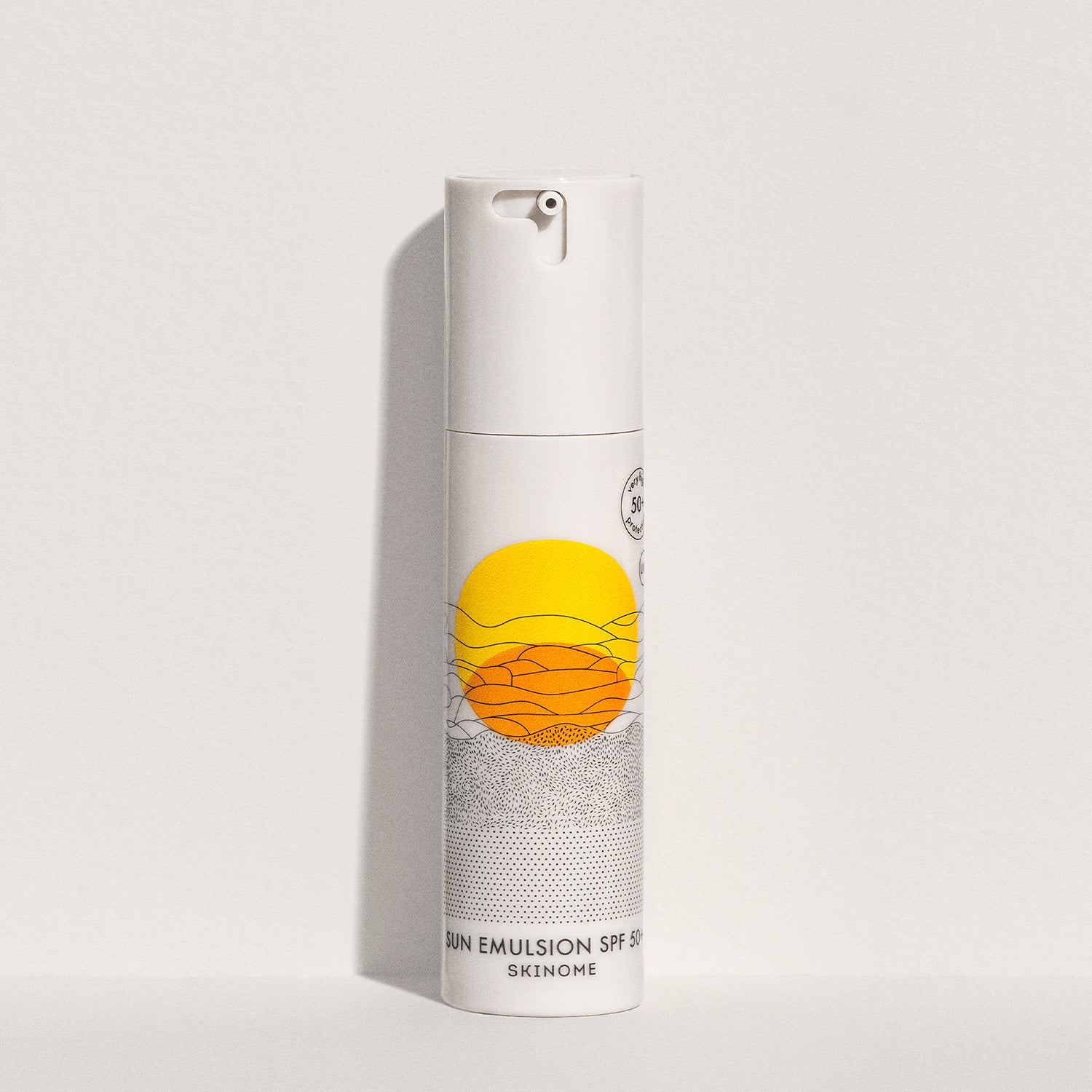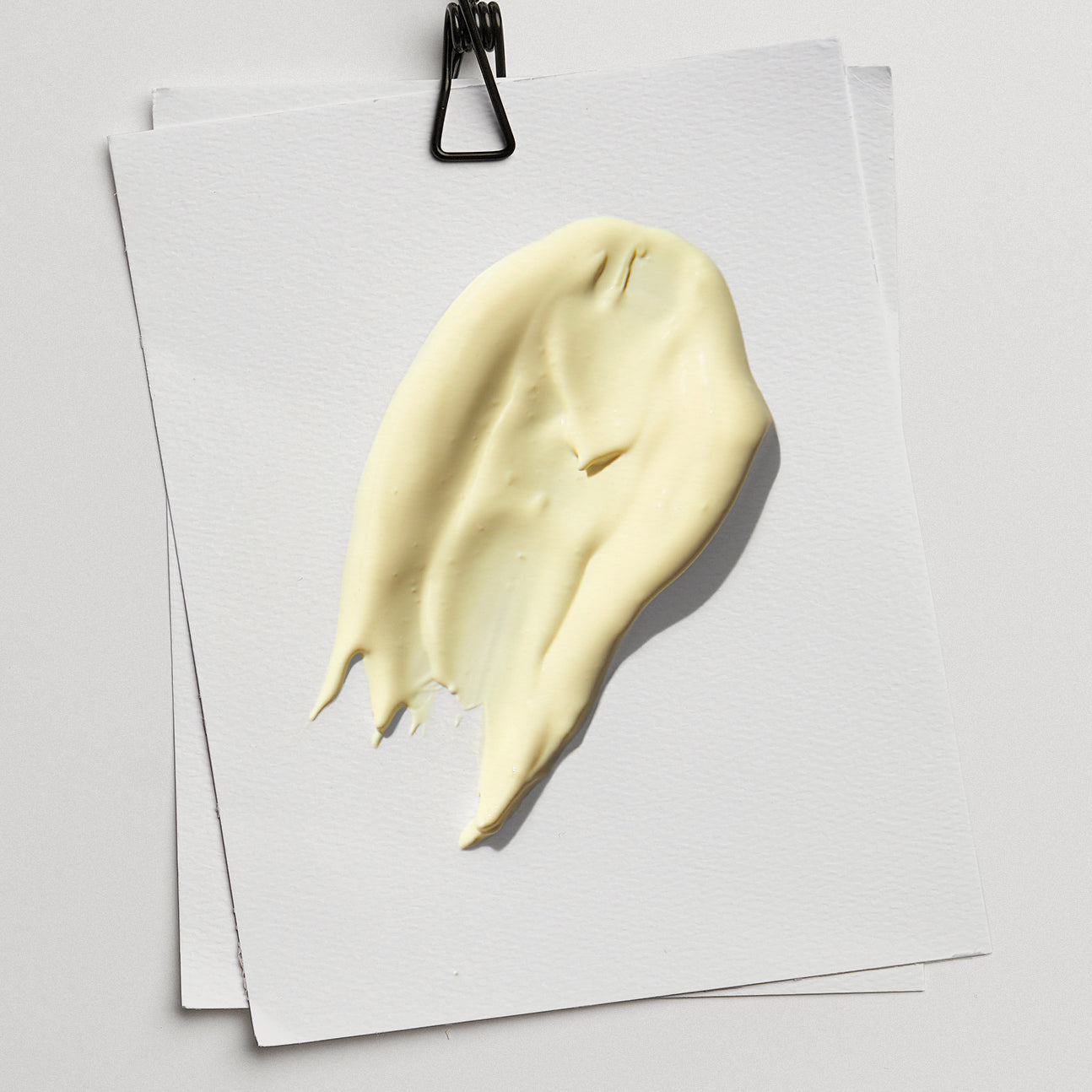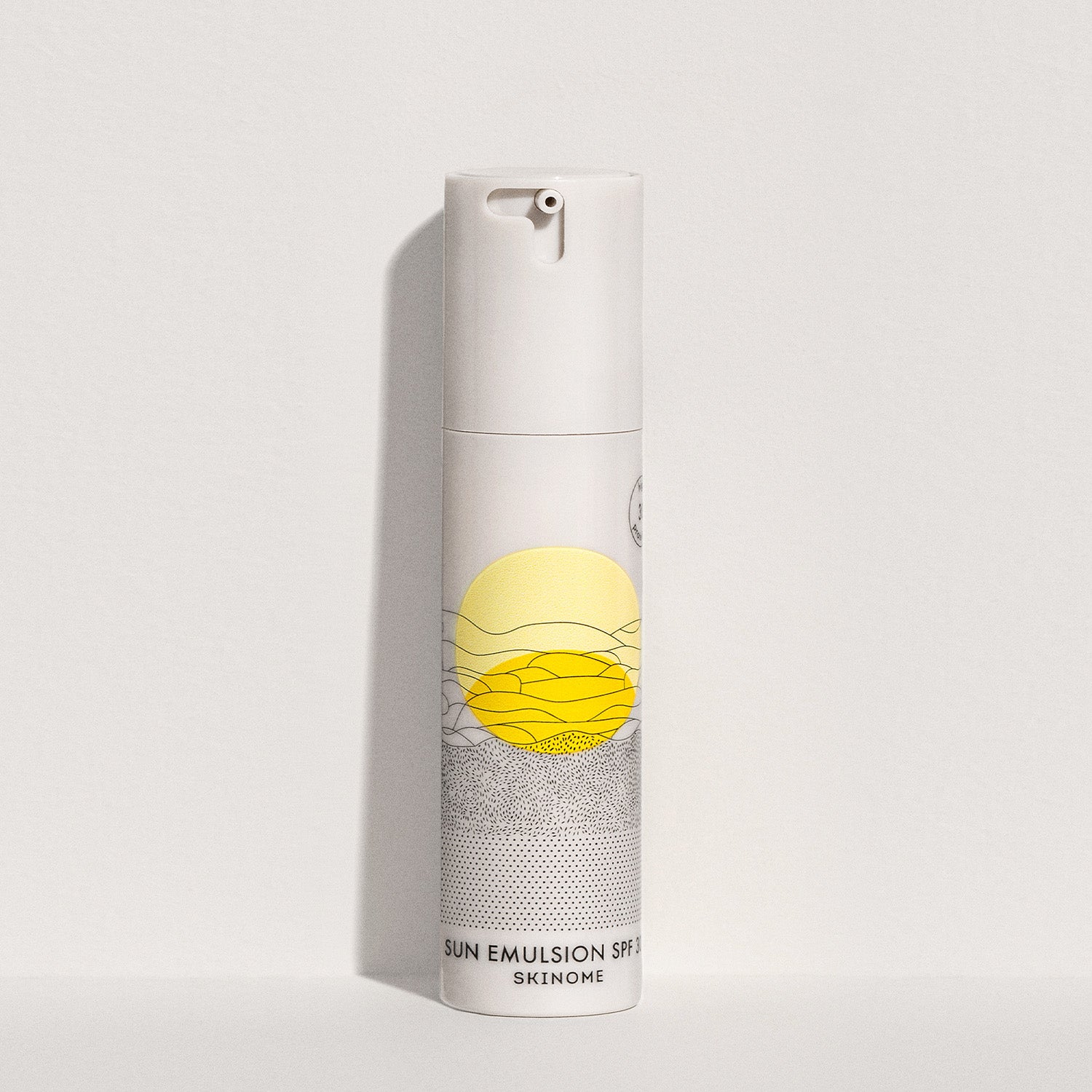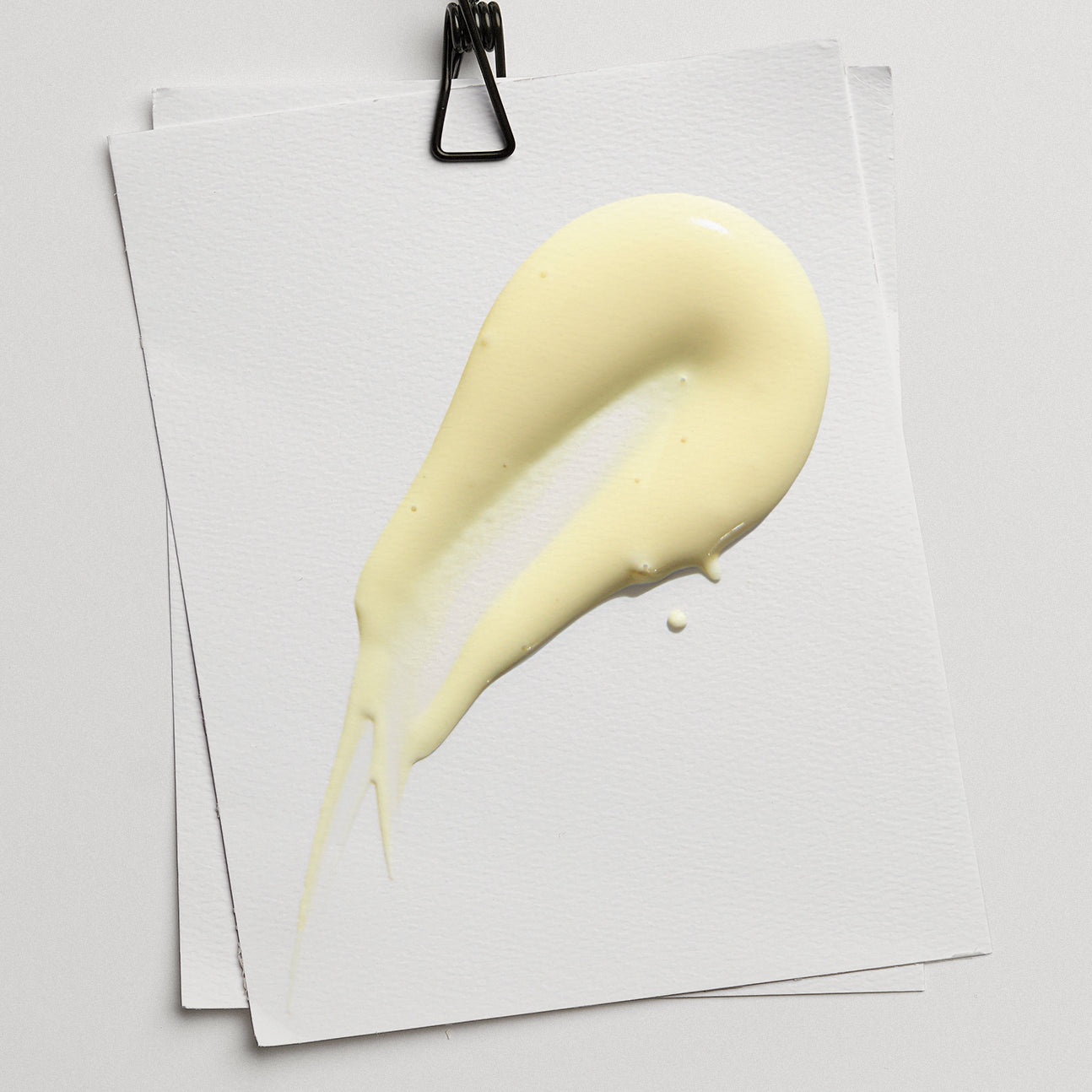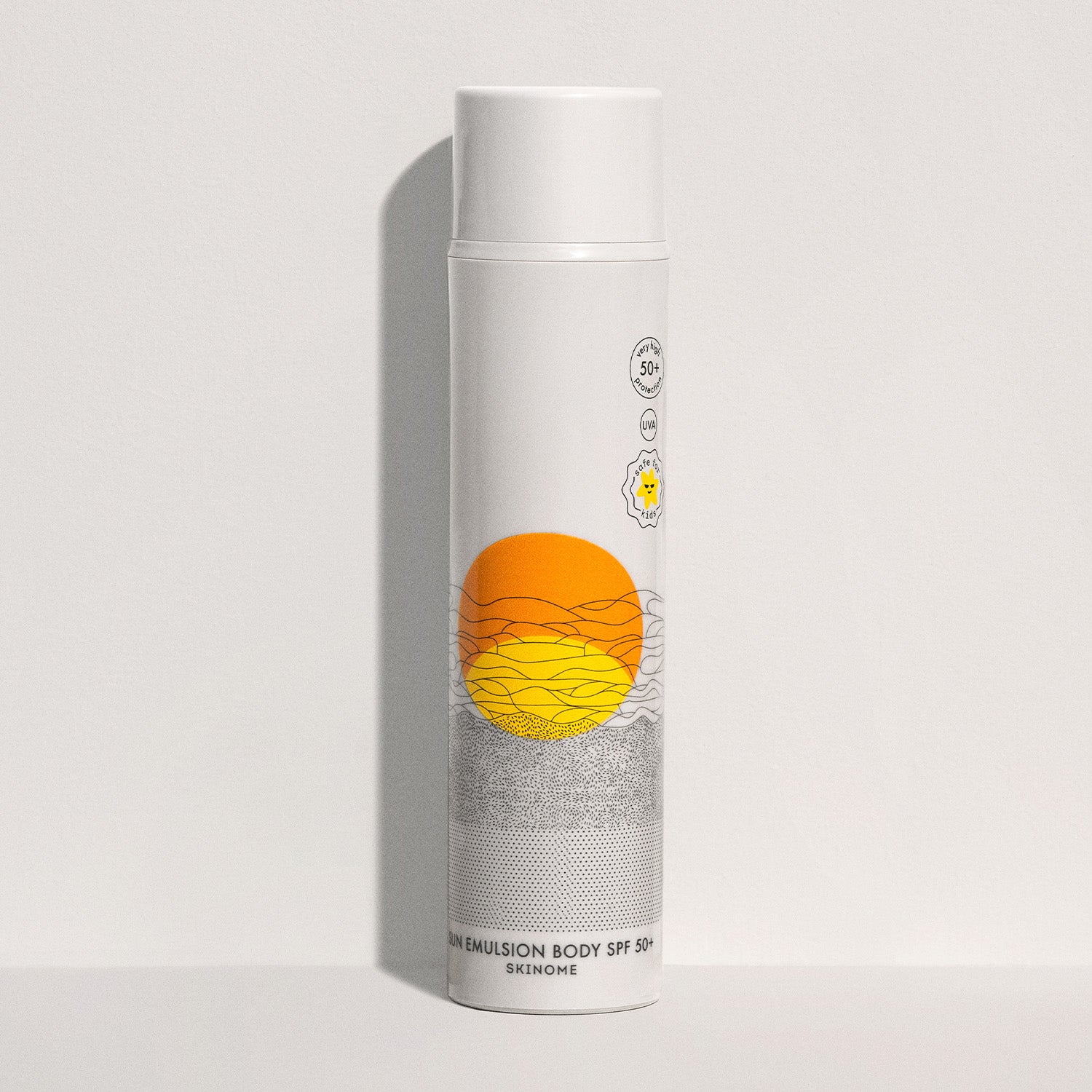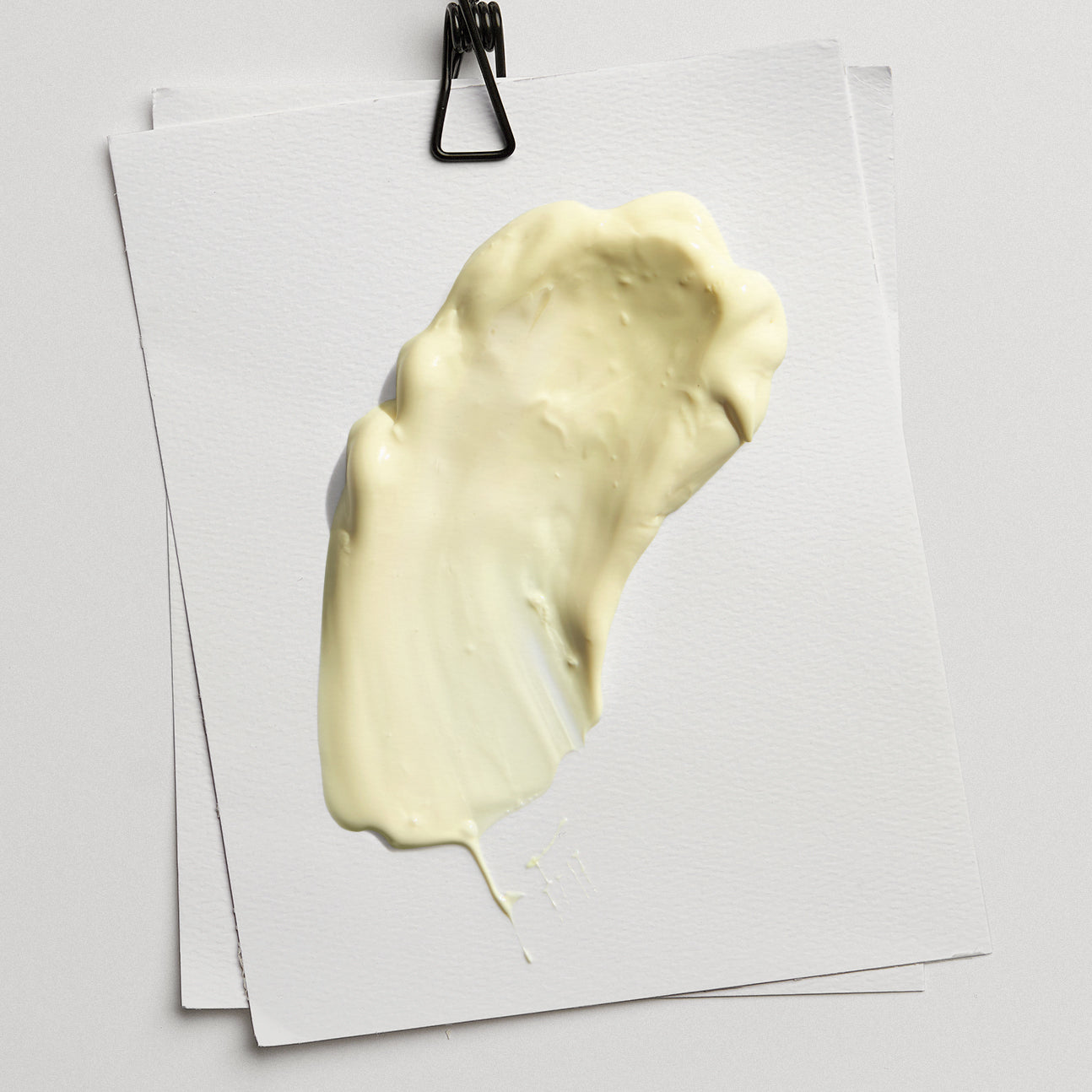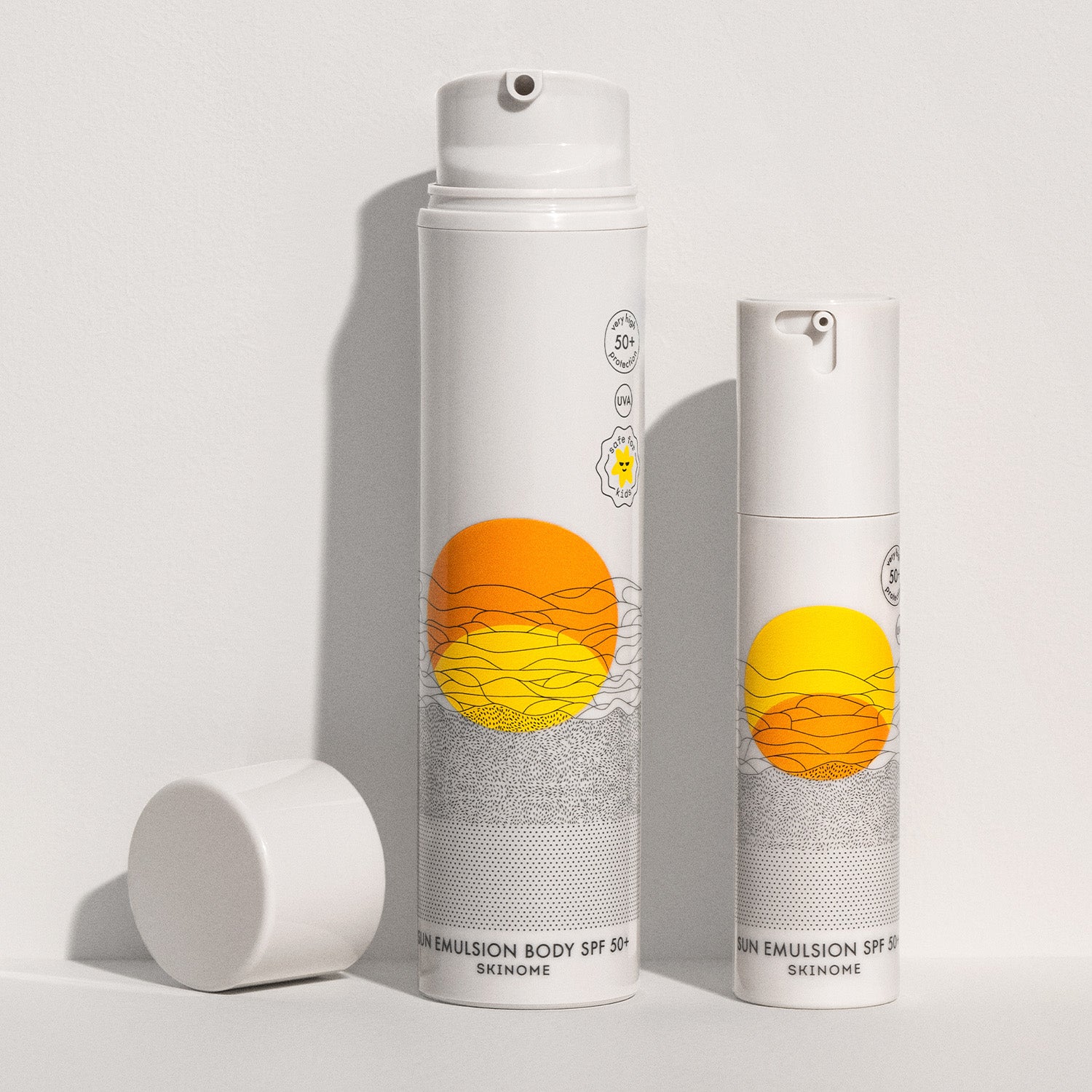
Many people love to spend time in the sun and in reasonable amounts the sun's rays have a positive effect on our health. After all, the sun is the source of all life on earth and vital to us humans. The sun contributes to health benefits such as D vitamin production, reduces the risk of type 2 diabetes, high blood pressure, blood clots and cardiovascular disease, provides improved circadian rhythm and increased well-being. An overexposure to the sun's UV radiation, on the other hand, can lead to problems such as painful, red and inflamed skin, but also cause more long-term effects such as premature aging of the skin with a rougher skin, wrinkles and pigment spots or, in the worst case, various forms of skin cancer. It is therefore important to sunbathe in moderation and think about protecting yourself when the sun is strong, primarily with a protective layer of clothing but also by using sunscreen products on the skin that is difficult to protect with, for example, clothing or a hat.
The sun's rays consist of light with different energy content, including harmful ultraviolet (UV) rays. UV radiation is invisible to the human eye and is divided into different wavelength ranges – UVA, UVB and UVC. UVC rays are the most energetic but are completely filtered out by the Earth's protective ozone layer and therefore do not reach us on the surface of the Earth.
The sun's UVB radiation is also filtered out to a greater extent, but what does reach it can penetrate the outermost layer of skin where it stimulates the melanocyte to produce more pigment but unfortunately they can also cause DNA damage and skin cancer such as malignant melanoma. The sun's UVA radiation is not filtered out and penetrates even deeper into the skin layers, which leads to an acceleration of skin aging and causes fine lines, wrinkles and also dilated and visible blood vessels.

UVB rays penetrate the top layer of skin (epidermis) but do not reach deeper into the skin (dermis). UVB does not pass through a glass window, so you are protected indoors.
UVA rays can penetrate deeper into the skin, down to the dermis. UVA radiation can even pass through a glass window.
The UV index is an international standard used to measure how intense - and therefore harmful - the sun's UV rays are. The higher the UV index value, the stronger the UV radiation you are exposed to.
Using the value, we can compare how intense the UV rays are at different locations and times of the day or year, but also determine when we need to protect ourselves. An illustration of the UV index in Figure 1 shows how the UV index normally varies in Sweden.
In Scandinavian countries, the UV index is usually between 4 - 7 during the summer season and between 0 - 2 during the winter. At a low UV index (below 2), you normally do not need to use sunscreen, but at a higher UV index (>2), it is important to protect yourself as it increases the risk of the sun's negative effects.

Figure 1. An illustration of how the UV index normally varies in Sweden.
Sunscreen products provide good protection against the sun's harmful UV rays. The sun protection factor (SPF) on the product primarily describes the product's protection against the sun's UVB radiation, with a higher SPF providing better protection.
The highest SPF that you can see on a sunscreen product in Europe is SPF 50+, which means that the product provides very high protection. It is also important that the product provides good UVA protection. Products marked with a UVA symbol (the letters UVA surrounded by a ring) show that the product provides sufficient and very good protection against the sun's UVA rays.
We recommend using sunscreen products with SPF30 or higher to ensure you get sufficient protection.

Sunscreen products contain active ingredients called UV filters. These ingredients protect the skin by absorbing and reflecting the sun's UV rays, reducing the amount of harmful UV radiation that penetrates the skin.
To obtain effective, high and balanced protection against both UVA and UVB, a combination of different UV filters needs to be used. The product must also be applied in an even and thick layer to provide good protection. As the product can wear off, it is also important to reapply the sunscreen at regular intervals, especially after swimming or exercising.
UV filters are usually divided into organic (chemical) filters and mineral filters (particle filters). The main difference between the two forms is that organic filters are soluble in the product, while mineral filters remain as particles.
Another difference is also what they consist of, organic filters are based on carbon while mineral filters are as the word reveals – based on the minerals zinc or titanium. Some new and modern organic filters are also particles and can therefore be seen as a variant of mineral filters or particle filters, even though they consist of carbon compounds.
Different UV filters have different properties and differ in both effectiveness, whether they protect against UVA or UVB, and in how they affect the skin, and it is therefore important to make a careful choice when developing sunscreen. And of course it is important to be careful when choosing which sunscreen to use.

Most approved UV filters used in sunscreens are organic filters. These are substances that are soluble in the oils or water of the product and that mainly absorb UV rays. Many people prefer products with organic filters because they do not contribute to a white film upon application and provide a more pleasant product to use.
The higher the SPF, the more UV filters and higher concentrations must be used to achieve the intended effect. The higher concentrations mean that products with higher SPFs often feel a little more greasy or sticky to apply than products with lower SPFs.
There are many different organic filters used and they have slightly different properties. Unfortunately, some organic UV filters can cause skin problems and have been linked to endocrine disrupting effects, allergies or instability. Endocrine disruptors can affect our body's endocrine (hormonal) system and then risk affecting our development, our immune system or body functions. Mainly, various benzophenones, camphor, salicylate and cinnamate derivatives have been linked to endocrine disrupting effects.
There are several reasons why these filters are still used. They are still legally allowed to be used, even in Europe, and they are often left in old products that were developed when these filters were the only ones available. They are cheaper to buy and easy to use when making sunscreen products, a product group that is difficult and expensive to develop. Now that there are more modern and better UV filters, which do not have these properties, we think that you should choose these and that it is unnecessary to take the risk when there are better alternatives.
Some organic filters are also paradoxically sensitive to UV light. This means that they can break down in the presence of sunlight, which reduces their sun protection properties; they are usually said to be photostable. Furthermore, in some cases, harmful substances can be formed that can cause allergies or other unwanted side effects.
For a consumer, it can be difficult to read and understand the ingredient list and which filters are used in the product because the filters have complex names. We recommend that you look at the ingredient list of the product to be able to make a good choice of product when it comes to UV filters. In our table that we link to further down in the article, you will find a summary of all UV filters used in the EU and our recommendations.

A common misconception is that mineral filters only protect the skin from UV light by reflecting and scattering the UV light. This is only partially true; they reflect UV light, but a large part is absorbed in the same way as organic UV filters. Much of the reflection also occurs in visible light, which is why we see the (unwanted) white film on the skin.
Zinc oxide and titanium dioxide are the two approved mineral filters that are often combined to provide optimal UV protection. Zinc oxide, together with titanium dioxide, provides very good protection against both UVB and UVA, and also protects against longer UVA wavelengths (340 to 400 nm). Both zinc and titanium dioxide are photostable, meaning they are not broken down by sunlight, and do not react with other UV filters.
Smaller particles, called nanoparticles, also provide better protection against the sun's UV rays than larger particles. Another advantage of the smaller nanoparticles is that the white coating that mineral filters can leave on the skin is reduced. The smaller the particles, the less of a white layer the filter leaves on the skin. Although the nanoparticles are small, they are still too large to penetrate the skin, and much larger than most other substances and UV filters used.
There is an identified risk if the particles are inhaled and therefore they are not used in spray products, but in creams they are completely safe. Since 2013, it has been mandatory to label products containing nanoparticles in the EU. For example, the ingredient list for a sunscreen might look like this: Zinc Oxide (nano).
In summary, mineral filters cannot penetrate the skin, but remain on the skin surface where they protect against harmful UV radiation. They have a very low risk of causing allergies and have no endocrine disrupting effects, which is why mineral filters are often used in products for children and people with sensitive skin. Both are used in Skinome's Sun Emulsion SPF50+ series.
Compilation of UV filters used today
We have summarized the most common UV filters used in sunscreens in our table under Substances to watch out for in sunscreen products, which you can read here.

When choosing a sunscreen product, there are many things to consider in addition to the UV filters included. Ideally, choose a product that has at least SPF 30 and is marked with a UVA symbol (a ring with the letters UVA inside), as the product will provide good protection against both UVA and UVB radiation.
Also choose a photostable product as the effect will not diminish in the sun. By choosing products that are fragrance-free, you are doing yourself and your skin a favor as perfumes are among the most allergenic substances used in cosmetic products, an effect that can even be worsened by sunlight. If possible, also avoid products with preservatives or unnecessary additives that are less good for your skin health or your skin microbiome.
Also, use plenty of product. The amount recommended and used in all product tests is about the size of a cupped hand for an adult body, which is more than most people use when applying their sunscreen. For the face, about the size of a thumbnail or two peas is usually recommended for full protection.
It is also a good idea to apply to one part of the body at a time, and preferably repeatedly, to get the smoothest, most even and most generous application possible. Also remember to reapply the product if it wears off during the day, for example if you sweat, bathe or dry your body or face.

- Your skin type matters. Fair-skinned and red-haired people need to take extra precautions to avoid burning.
- How bright and strong the sun is. Check how high the UV index is in your area.
- That your sunscreen provides protection against both UVA and UVB. Choose a product with a UVA symbol that ensures you get good, broad-spectrum protection.
- Choose a photostable product that won't lose its effect when left in the sun. Look at the UV filters used.
- Sunscreen products with both mineral filters and new modern organic UV filters are best for ensuring good protection from the sun.
- Avoid perfume, preservatives, and other additives as they can cause problems for your skin.

We have already thought of all this in the development of our products. For safe, high-performance sun protection - choose Skinome Sun Emulsion SPF 30 or SPF 50+.
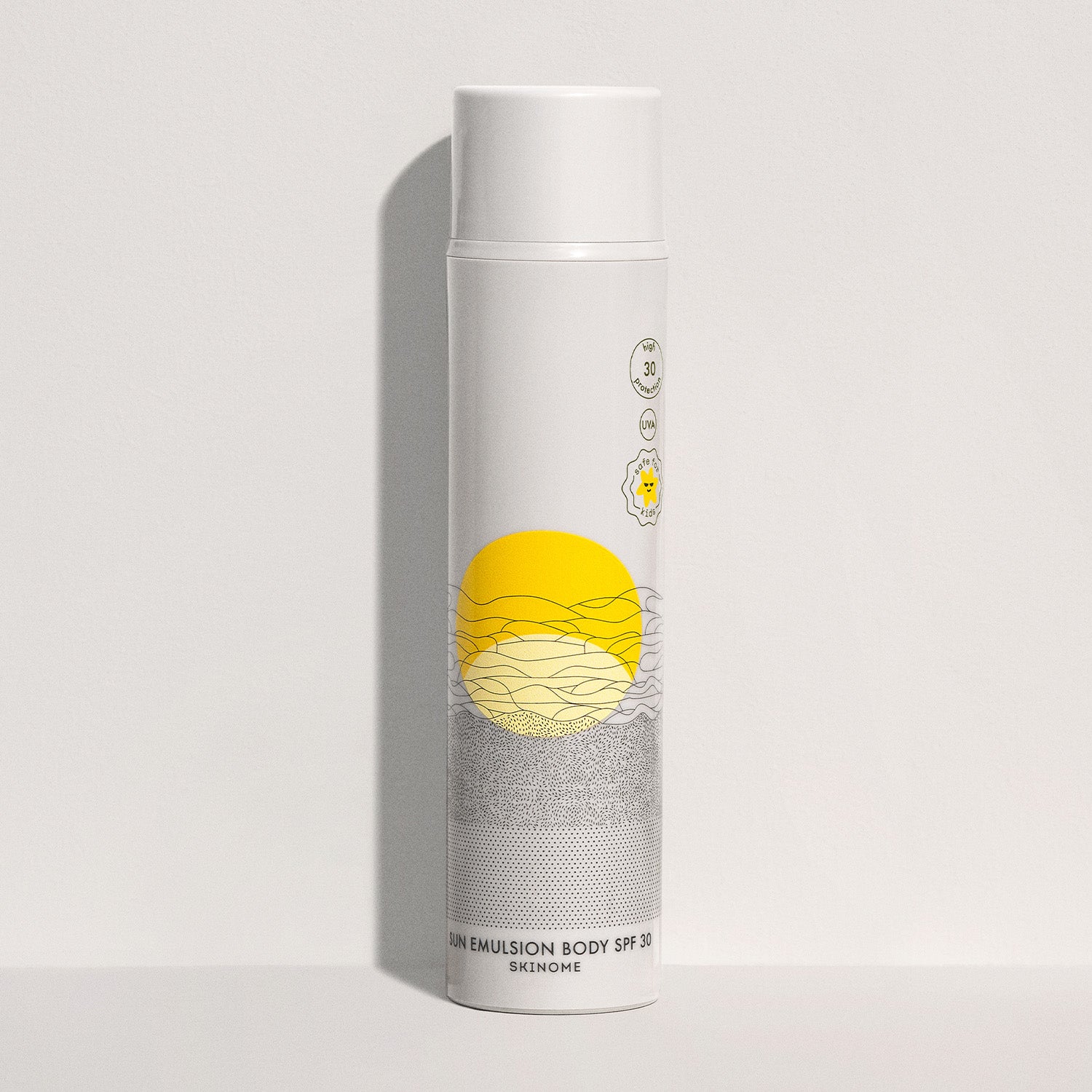
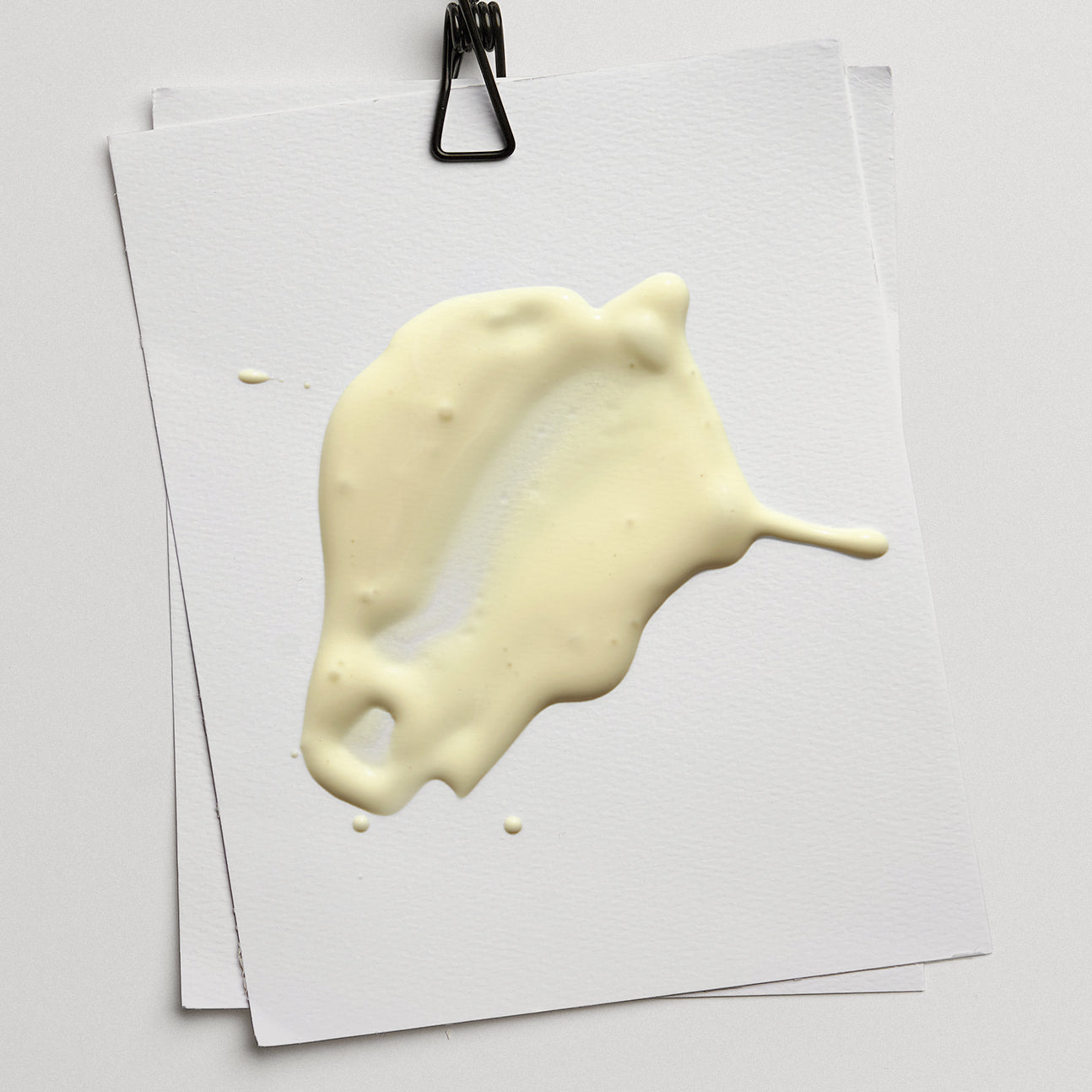
Moisturizing and nourishing sun protection for face & body.
798,40 NOK


